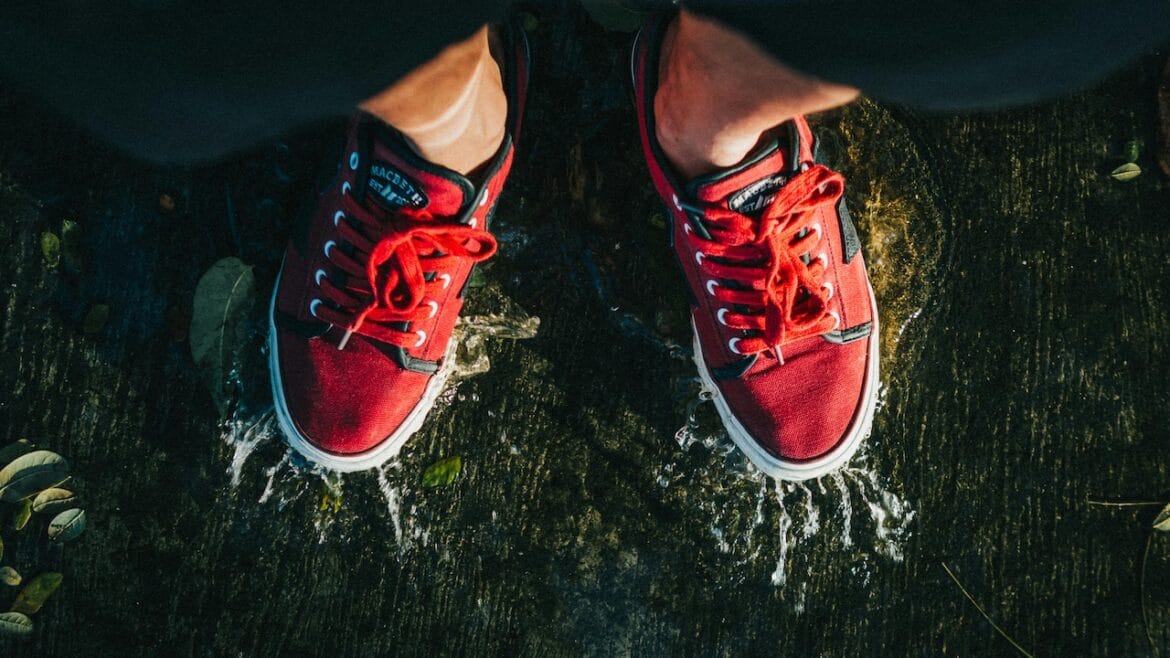At Mold Solutions, we’ve experienced firsthand the devastating impact that water damage can have on our homes and health.
The recent hurricanes have made these challenges even worse for our local community.
To help you fix water damage and prevent mold growth, we’ve compiled a list of top tips and tricks.
Quick action is the key to safeguarding your property and restoring a healthy home.
Here are our top recommendations to help guide you through the process.
- Act Fast: Start the drying process as fast as you can, and within 24-48 hours to prevent mold growth.
- Safety 1st: Make sure the power is turned off before going back into a flood- or water-damaged house to avoid electrical hazards.
- Remove Standing Water: Use a wet/dry vacuum, buckets, or a pump to remove standing water. A submersible pump is best for large amounts of water.
- Ventilate: Open windows and doors to improve air circulation. Use fans and dehumidifiers to speed up your dry-out.
- Remove Wet Materials: Take out soaked carpets, furniture, and other porous materials that can harbor mold. The industry-wide recommendation is generally that porous items soaked by stormwater should be thrown away, but if you’re unsure, there are ways to salvage these items, however most people consider the high cost not worth it.
- Inspect Hidden Areas: Check behind walls, under floors, and inside insulation for hidden moisture. Use a moisture meter to ensure thorough drying. What this means is that it may appear your home is “fully dry” once any standing water has been removed, but that’s not actually the case. Your home and its contents, walls, drywall, flooring, and more will still have some moisture saturated throughout it, and to prevent mold growth that all needs to come out—by using dehumidifiers, sunshine, and airflow, or in some cases, removal. For example, any wet drywall should be cut out using a “flood cut” and should be thrown away as it isn’t structurally sound after a flood, and mold will grow in it.
- Clean and Disinfect: Clean all surfaces with water and detergent, then disinfect them with a solution of 1 cup of bleach to 1 gallon of water. Also, please note that bleach is typically a very bad way to deal with mold, but that the CDC recommends it for use after a flood specifically, since floodwaters harbor bacteria, so bleach is helping you kill both mold spores and bacteria. But, bleach is still a very poor choice for materials that absorb water, like drywall, flooring, or tiles. After storms like we just had, this is a “best-solution-wins” type approach, and we can help you determine what might be best for your specific scenario. (Please wear protective gear, and don’t mix bleach with anything but water.)
- Use Desiccants: Place desiccants like silica gel or activated charcoal in enclosed areas to absorb moisture.
- Monitor Humidity Levels: Keep indoor humidity levels below 60%. Use a hygrometer to monitor humidity.
- Professional Help: Consider hiring a professional water damage restoration company for severe cases. They have specialized equipment and expertise.
- Drying Equipment: Use industrial-grade air movers and dehumidifiers for faster drying. These can be rented from Home Depot and Lowes.
- Check HVAC Systems: Inspect and clean HVAC systems and ducts to prevent mold spores from spreading.
- Replace Damaged Drywall: If drywall is soaked, it should be replaced. Mold can grow inside walls and spread quickly.
- Seal Leaks: Find and fix any leaks or sources of water intrusion to prevent future issues.
- Use Mold-Resistant Products: When rebuilding, use mold-resistant drywall, insulation, and paints.
- Inspect Often: Conduct regular inspections of your home for signs of water damage or mold growth.
- Maintain Gutters and Downspouts: Ensure gutters and downspouts are clear and direct water away from the foundation.
- Install Sump Pumps: In flood-prone areas, installing a sump pump will help remove water from basements or crawl spaces.
- Document Damage: Take photos and document all damage for insurance claims, and keep receipts for any repairs or equipment rentals.
- Keep Tabs on Your Home & Health: After a hurricane specifically, it’s a very good idea to keep mental tabs on your home and health, because if something starts to feel “off” either physically or about your home, it is a strong sign that mold may have started growing and needs to be found and removed.
Mold Solutions offers Free Environmental Consultations to help you with this and more. We’re here for our community and have been for many years, and we invite you to please reach out and let us know how we can help.







